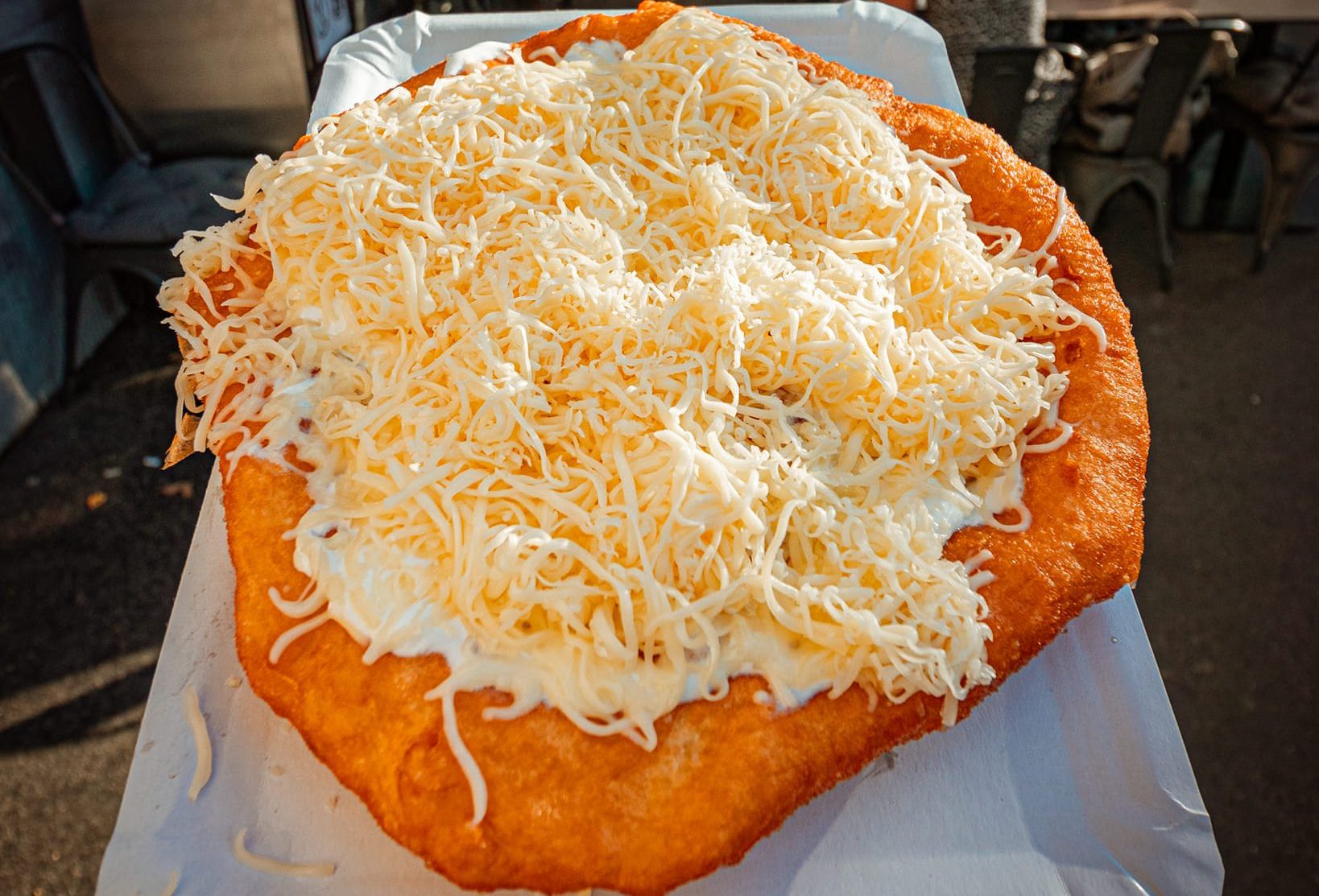
With the addition of lángos and the Szekler gate, the Hungaricum Collection now stands at 89 items.Continue reading
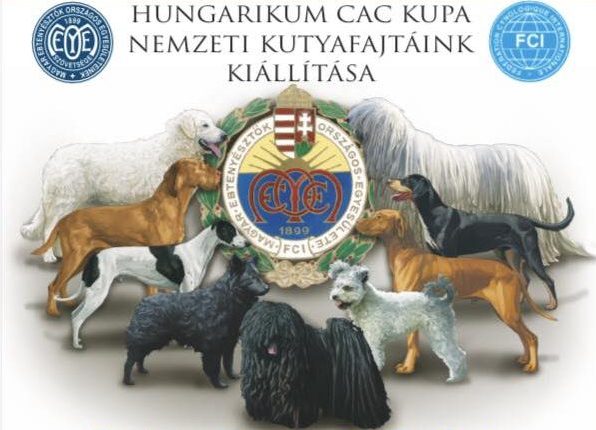
As part of the FeHoVa 2024 hunting exhibition, a special exhibition of Hungarian National Dog Breeds took place at the HUNGEXPO in Budapest on February 9. We present the most beautiful Hungarian furry friends in the article.
In March 2017, the Hungarian Hungarikum Committee announced that 9 Hungarian dog breeds would be added to the Hungaricum list. These Hungarian dog breeds have proven and continue to prove their place among the national values through their exceptional adaptability.
Komondor is one of the oldest Hungarian dog breeds, the first written records date back to 1400. The Komondor probably came to Hungary with the Cumans fleeing the Mongol hordes, sometime in the early 1200s.
The most valuable treasure of the nomadic herding communities was the livestock, which was entrusted to none other than this dog, who had to be able to protect the livestock and goods entrusted to him, even without the presence and guidance of its master. The result of clean and traditional breeding is a strong, tough and resistant dog breed that is still considered the “king of dogs” today. The Komondor is a very determined dog with a strong temperament weighing up to 70 kg.
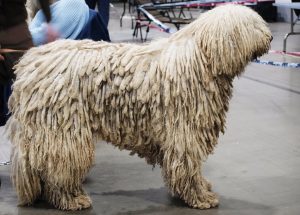
The Komondor often appears like a wise philosopher who views his world peacefully, but is not afraid to use his weapons when necessary. Photo: Ungarn Heute
The Komondor has a rather strange, even funny habit. Like a gentleman, it lets most strangers through the gate, even if his master is not at home. However, it only lets them out again when the master comes home. This has already embarrassed many mail carriers.
Unfortunately, the breed’s strong instincts were a disadvantage during the wars, as they protected the farm and family above all else. As a result, the breed was almost wiped out after the world wars.

Photo: Ungarn Heute
Today there are 20 active kennels in Hungary, where around 150-200 registered puppies are born every year.
Kuvasz:
There is an old saying in Transylvania: A bear is not a toy. Well, neither is the Kuvasz! The dog is not the biggest, fastest or strongest, but its character is unique. There is perhaps no dog more determined and single-minded. It is smart and easy to teach, but only when it wants to be. It is probably its intelligence that gives it its stubbornness, its firm character.
There are many stories of the owner coming home drunk and having to sleep outside the fence because the dog will not let him into his own house.
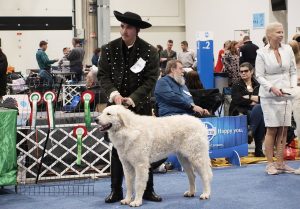
Photo: Ungarn Heute
In the Middle Ages, the Kuvasz was used to hunt bears and wolves, but later its abilities were used more to protect herds. Thanks to this versatility, it became popular and was also the pet of Saint Ladislaus (Szent László) and King Matthias.
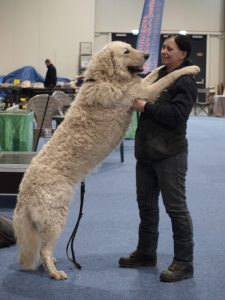
Photo: Ungarn Heute
Pumi:
Herding dogs are generally intelligent and carry their mental potential in their genes, and this also applies to the Pumi. Keeping track of and controlling a herd of many individuals is a challenge, both physically and mentally, but not for this breed.
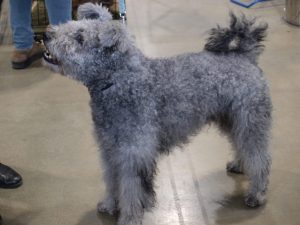
Photo: Ungarn Heute
This breed is not just energetic, it is an energy bomb, not just affectionate, but a real love bomb. It is generally believed that it came to the Carpathian Basin with the settling Hungarians and has been used as a herding dog since time immemorial.
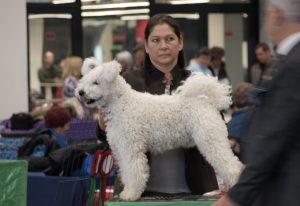
Photo: Ungarn Heute
Puli:
An old shepherd’s saying goes: “There is the dog and there is the Puli.” The Puli is more than just a good friend, a lifelong companion.
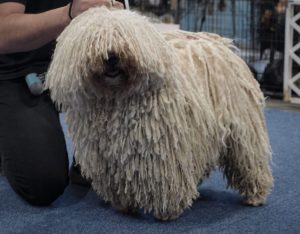
Photo: Ungarn Heute
This breed is very energetic and its activity needs to be satisfied. The Puli is widely known for its cheerful and playful nature. Its ability to keep a large herd together and steer them in the right direction is testament to its outstanding intelligence.
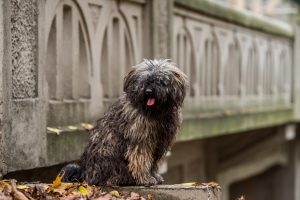
Photo: Facebook/Winterdogshow
It once joined the nomads of ancient Hungary as a herding dog, having previously led a similar life in the vast steppes of Inner Asia.
Mudi:
If the dog is man’s most faithful companion, then the Mudi is the shining star of the symbol of loyalty. The Hungarian writer Béla Hamvas once said: “You can live without a Mudi, but why?”
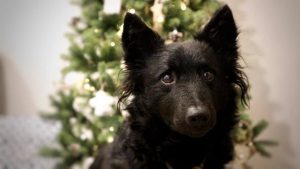
Photo: Facebook/Magyar Mudi Egyesület
A farmer is said to have once asked his Mudi what it would like to do and it replied: “Master, I want to play frisbee.” Even if the story is not true, many Mudi owners emphasize that the dog can look you in the eye with such clever eyes that you expect it to speak.
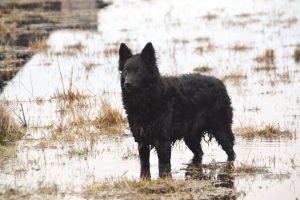
Photo: Facebook/Magyar Mudi Egyesület
The Mudi is the youngest Hungarian dog breed, yet it was already a very successful herding dog at the beginning of the 19th century.
Transylvanian Hound (Erdélyi kopó):
The Transylvanian Hound is, as its name suggests, a hunting dog, and not just any hunting dog, but one of the best. It is known far and wide for its courage because, although it is not one of the largest dog breeds, it can easily take on a bear.
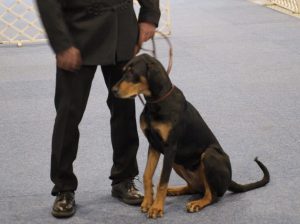
Photo: Ungarn Heute
Until 1947, the Transylvanian Hound was a popular dog, but then Romania declared it an endangered species and almost all specimens disappeared. It was not until the 1970s that the first registered pedigrees reappeared in Transylvania. In 2004, the Hungarian Parliament declared all animal breeds of Hungarian origin, including the Transylvanian Hound, to be a national cultural asset, and in 2017 it was declared a Hungarian cultural heritage.

Photo: Facebook/Siculus Erdélyi Kopó Kennel
Even today, the breed is one of the rarest Hungarian breeds. There are a total of 1,300 registered dogs, 800 of which live in Hungary and 300 in Transylvania.
Hungarian Shorthaired Pointer, Hungarian Wirehaired Pointer:
The Hungarian Shorthaired Pointer is as much a Hungaricum as the red bell pepper.
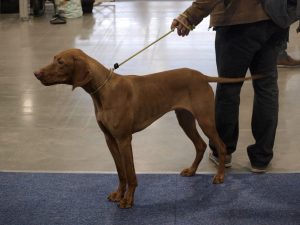
Photo: Ungarn Heute
There are few dog breeds that are as intelligent and affectionate as the Hungarian Shorthaired Pointer. With energy levels comparable to a powerhouse, this excellent hunting dog can be a true companion for adventurous owners.
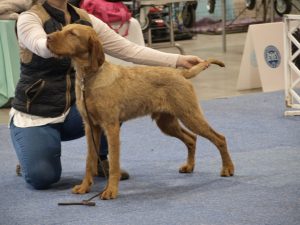
Photo: Ungarn Heute
It is assumed that the yellow hunting dog, which the Turks brought to Hungary during the occupation, crossed with the hunting dogs living here and thus became the basic type of the Hungarian pointing dog.
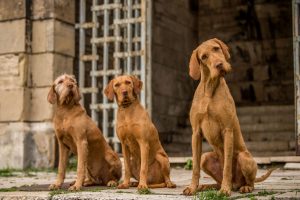
Photo: Facebook/Winterdogshow
Hungarian Greyhound:
Perhaps the Hungarian Greyhound is less well-known among domestic dog breeds because it is so fast that it is almost invisible. It is undoubtedly the fastest Hungarian dog breed, and at the same time incredibly enduring and extremely tolerant.
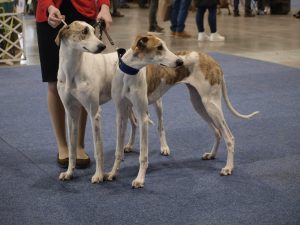
Photo: Ungarn Heute
The Hungarian Greyhound can reach speeds of up to 65 km/h and can maintain this speed for an astonishing 8-10 km. It is therefore somewhat strange that they prefer to lie on the sofa at home, as if they were not one of the most active dogs. However, when this breed is on the track and racing, it covers the distance even with a broken leg.

Photo: Ungarn Heute
This beautiful dog was pushed to the brink of extinction during the post-war communist regime. With its dignified appearance and history, it became a symbol of nobility. Most Hungarian greyhounds were shot during the looting of castles and manor houses. Those that survived were hidden in attics, cellars and straw.
These dogs are very proud and they know it. They know what they were born to do. Because of this calm and balanced character, this breed is often used for therapeutic purposes in addition to hunting. As the saying goes about this breed: “A healthy soul in a healthy body.”
Via Ungarn Heute, Featured image: Ungarn Heute